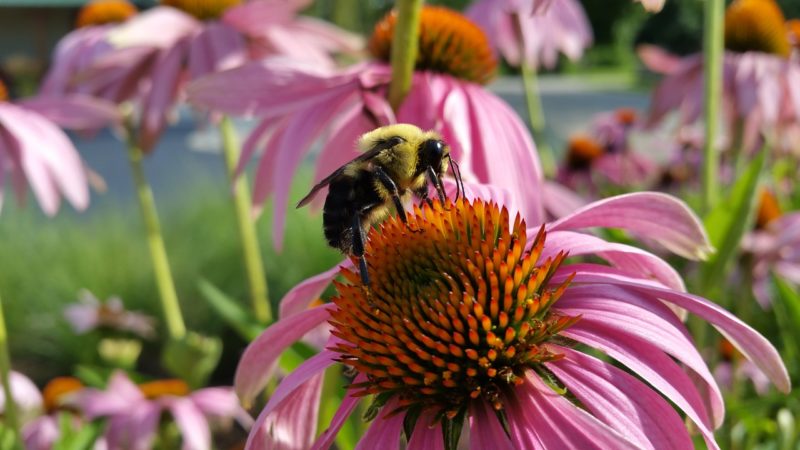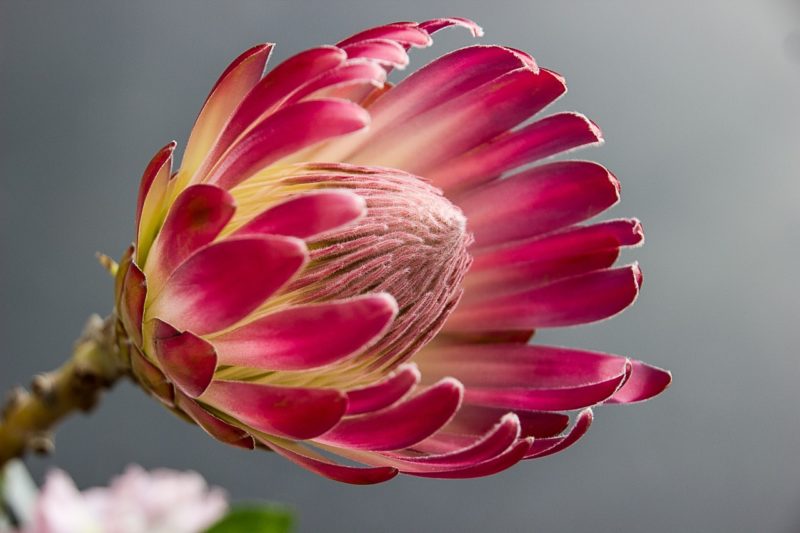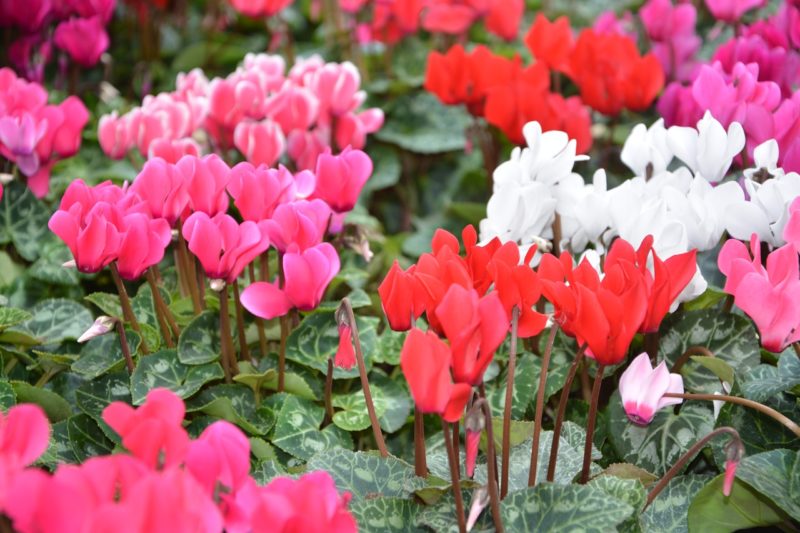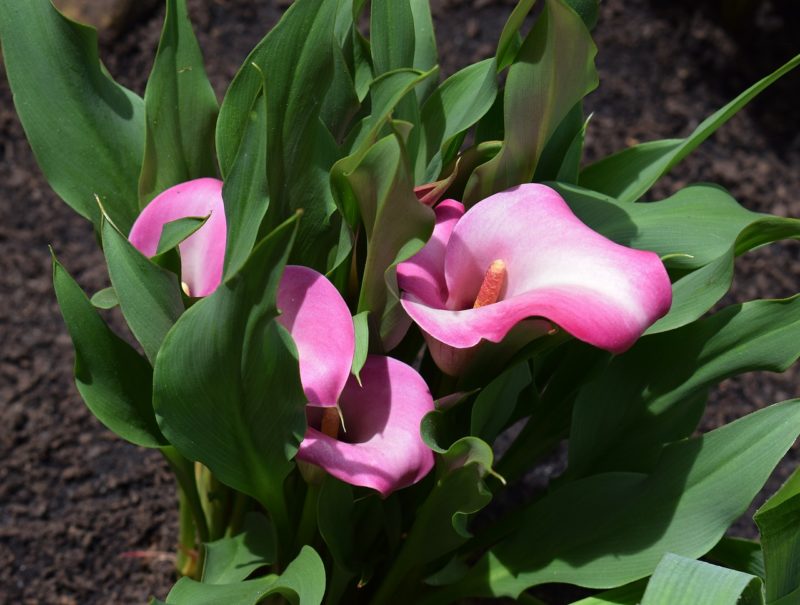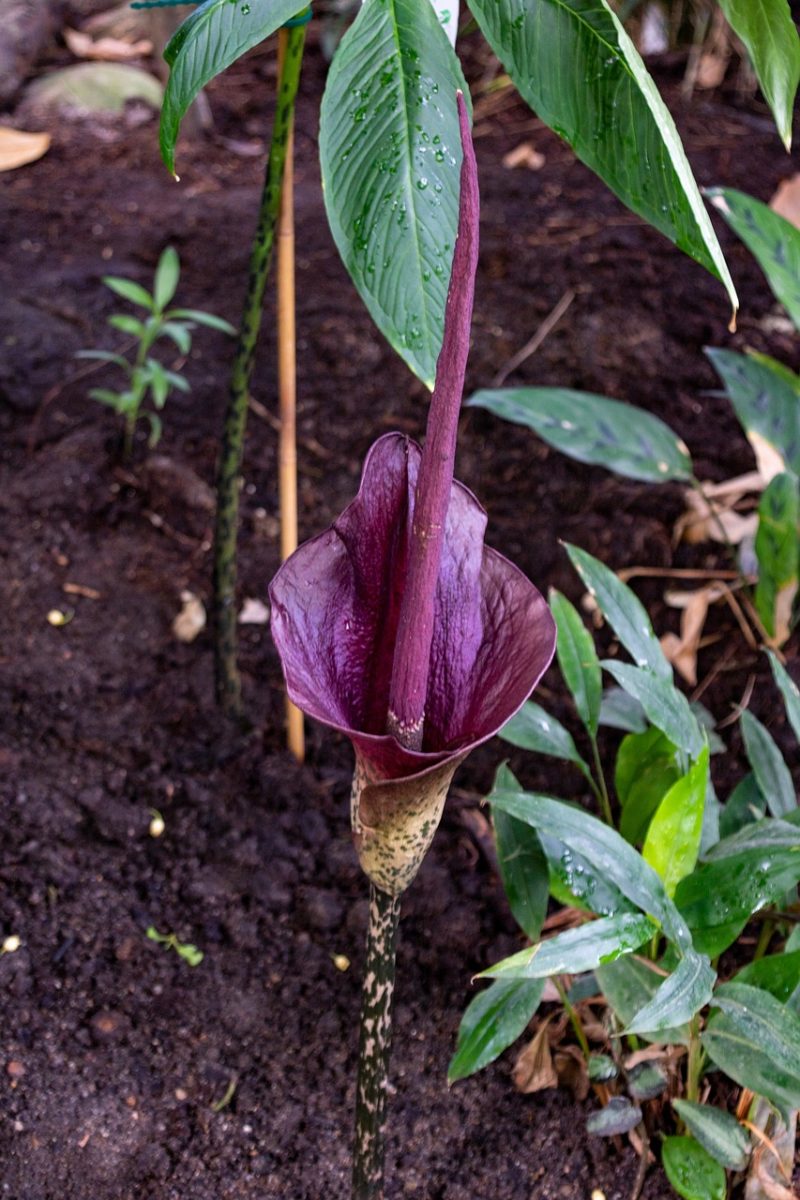5 Amazing Facts You Didn’t Know About Flowers
Who doesn’t like flowers? Apart from the individuals that are allergic or bothered by the smell, most people love having these interesting plants around their home. Now, regardless of whether you have a green thumb and love growing these in your garden or you’re looking to surprise someone by giving them some as a present, you should get a bit more familiar with various types of flowers. To help you out, we’ve gathered some facts about them that you might not have heard before.
Some flowering plants have medicinal uses
In case you were not aware that flowers can also have health benefits, you should know that they are widely used in herbal medicine. Plants such as hibiscus, chamomile and Echinacea are used to make delicious teas but that is not their only purpose. For instance, hibiscus tea can boost your immune and digestive systems, chamomile can help with a sore throat and a runny nose while Echinacea is a great source of vitamin C and it supports oral health. Furthermore, the marigold plant aids with stomach pain, yarrow can treat headaches, and cornflower can treat constipation, fever and liver disorders. You can also use lavender oil to heal burns, consume sunflower seeds to get various vitamins and minerals as well as use lady’s mantle to relieve menstrual pain. As you can see, plenty of flowers can play a big role in your wellbeing. These are definitely not the only ones, so you can look at some other healing properties of various flowering plants.
There are edible flowers
We mentioned earlier that hibiscus is used for making tea but its tart and sweet flavour also makes it great for cocktails. You can easily put it in a glass of bubbly and be amazed by the beautiful sight. Other than a hibiscus, many other flowers are edible, such as the borage plant – its blue, star-shaped blossoms resemble the taste of cucumber so they are often used in salads, lemonade and cocktails. Also, the marigold flower can be used as a saffron replacement, if it’s sautéed in olive oil. Then, you can also stuff the zucchini plant with herbs and goat cheese or put it on a pizza. Of course, we cannot forget about roses because their fruity but subtle flavour works well in everything from soups to salads and desserts. Moreover, you can crystalize violets and put them on top of cakes and other treats. Lastly, did you know that there is lavender ice cream? No? Then, look it up!
Many flowers are native to specific parts of the world
You might be looking online to find something unique to gift your friend but be aware of where you’re searching. Keep in mind that there are many types of flowers in the world that are native only to certain areas. For instance, there are several types of Protea flower which can be found in South Africa. On the other hand, Thailand is home to the giant Rafflesia and the bat flower. You can also find a variety of flowers in the Land Down Under. If you happen to stumble upon a beautiful bouquet full of Australian natives and wildflowers, make sure the option of international flower delivery is available. What good is it finding that perfect present if you can’t get it?
Certain flowers carry meaning
If you’re thinking about purchasing some flowers for a loved one, keep in mind that certain varieties carry meaning. Even if you don’t care about it or don’t believe it to be true, the person you’re giving the flowers to might be paying attention to it. So, let’s start with something very obvious – don’t get black roses to your friends as they symbolize death. Other flowers you’ll do best to avoid include orange lilies, which symbolize hatred, disdain and pride, petunias (anger and resentment) and yellow carnations (disdain and rejection). Flowers like cyclamen symbolize separation and butterfly weed says ‘leave me’ – so keep that in mind if you plan on sending them to your significant other. As you can see, while flowers seem like the safe option, you should still do some digging to make sure there is no underlying message behind that gorgeous specimen.
Beware of deadly species
It doesn’t matter if you’re buying it for yourself or for someone else, ensure you’re not tricked by the beautiful appearance and check whether the flower is poisonous. However, not all flowers with toxic properties have to be avoided, it’s just important to know how to deal with them. Some might cause skin irritation, others can result in vomiting and diarrhea while there are also those that are deadly. Flowers that can have deadly consequences include oleander, foxglove and wolf’s bane. Plants you should also be wary of are iris, calla lily, lily of the valley, peace lily, daffodil, and tulip, among others. The previously mentioned marigold plant can lead to irritation around the eyes and nose, vomiting and diarrhea, and yarrow can leave bumps on your skin and oozing sores, so it’s important to learn how to properly use them to avoid any toxicity.
A few more incredible facts
In 2002, Chinese scientists discovered a fossil of what is believed to be the oldest flowering plant. It is estimated to be over 125 million years old and it resembles a water lily.
Titan arum, a Sumatran native, is often referred to as the corpse flower because it is said to emit a smell that resembles a dead body. This stinky plant is also thought to be the world’s largest flower seeing as how it can sometimes be over three meters tall.
The agave plant has only one flower during its lifetime. It can live for years without producing any flowers and at the end of its life, right before it dies, it has a single bloom. This is why it is also called the century plant.
Another plant that has a peculiar blooming pattern is the moonflower. It blooms at night and during the day, it stays closed.
Learning a bit more about flowers is great if you’re thinking about growing your own or even if you only like giving them out as presents. There are many ways these useful plants can make your life better but they can also be dangerous, so make sure you understand them well.

